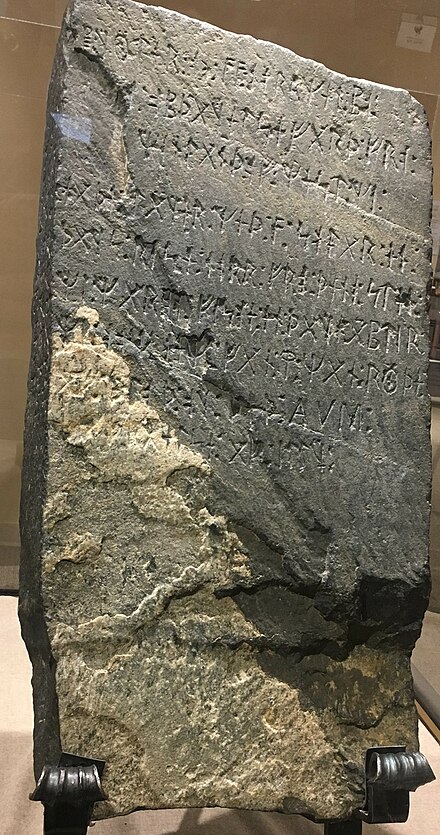In The Virginia Plan: William B. Thalhimer & a Rescue from Nazi Germany, Richard Gillette tells the story of Hyde Park, a farm in Nottoway County that became a home for about three dozen Jewish young people in the late 1930s. The students came from a communal training farm in Gross Breesen, Germany, at the invitation of William B. Thalhimer, one of the brothers in the retail business Thalhimer Brothers whose family owned the land near Burkeville. The Thalhimer family itself came to Richmond from Germany in 1840, choosing the Virginia capital city as it had a large population of German Jews.
Thalhimer was involved in Jewish resettlement during the 1930s as Hitler rose to power and Jewish immigration was becoming increasingly difficult. Gillette’s book details the challenges of getting the students to the United States. During Kristallnacht, some of the students from Gross Breesen were taken to Buchenwald although Gillette indicates they were eventually released and able to get to the United States. All Gross Breesen graduates were able to immigrate to a variety of different countries.
The Richmond Times Dispatch has a good story about the farm as part of its reporting on a visit by a group of contemporary German students. The Washington Post featured the story of a reunion of the students at the farm in 1990.
The Virginia Museum of History and Culture features a lecture by Gillette:
William B. Thalhimer had to step back from active work after a heart attack in 1927. His son, William Blum Thalhimer, Jr., took over and led the company for almost 60 years. The son’s entry at VMHC’s website includes some information about Hyde Park. The farm is listed on the National Register of Historic Places. The Virginia Department of Historic Resources has a good summary of the farm’s history.
I am not able to tell if the farm is currently open for touring but I’m not too far from Nottoway County so may take a drive one of these days. At the least, there is an historical marker near Burkeville.


